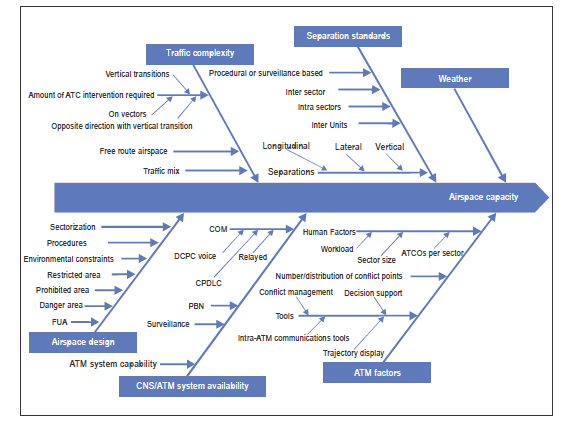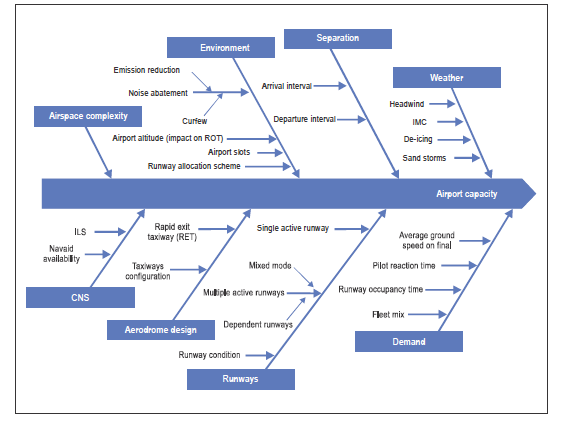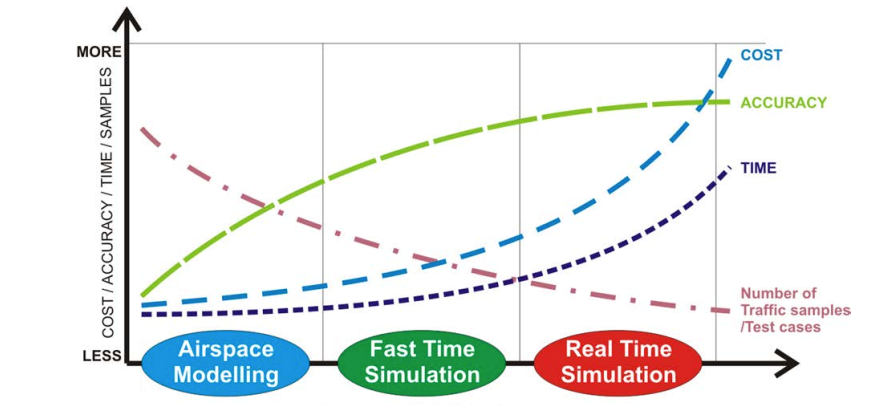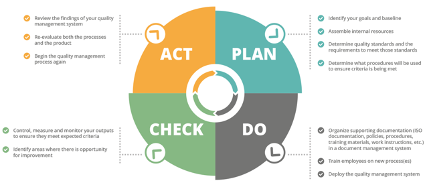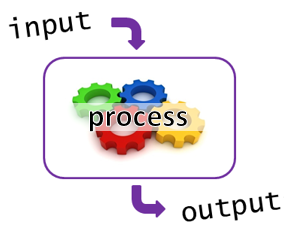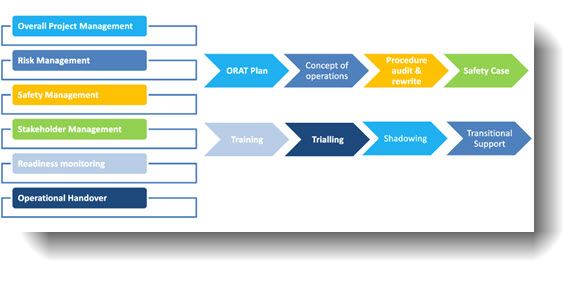Artificial Intelligence (AI) has emerged as a transformative force, reshaping our interaction with technology. In the realm of air navigation, AI applications are driving remarkable advancements, bolstering operational efficiency, and elevating safety standards. At its core, AI empowers machines to learn from data, aiding humans in their tasks and performing functions that traditionally required human intervention. In aviation, this translates into the development of smarter, more efficient solutions that enhance decision-making and streamline operations management.
Numerous ongoing projects hold the promise of significant improvements in safety, efficiency, capacity, and sustainability. Some notable initiatives include:
• AI-Based Weather Prediction:
• AI-Enabled Tactical FMP Hotspot Prediction and Resolutions
• Automatic Speech Recognition:
• Conflict Resolution Advisory:
• Hotspot Identification and Resolution (Short-Term)
Since 2019, Ingenav has been actively involved in various projects, including:
• CORA (Conflict Resolution Advisory): Proposes solutions to detected conflicts that uses big data, machine learning and a scoring module to privilege solutions based on pre-set business objectives.
• FEED: Highlights early identification of future hotspots and proposes efficient resolutions aligned with business objectives.
• R4 (Ready for): Provides safe and efficient support in nominal conditions (climbs / descents/ transfers) and augments trajectory prediction algorithms and downlinked intelligence
• ADA (Anomaly Detector): Supports ATCOs in the detection of anomalies related to flows and individual trajectories. Augments other anomaly detection functionalities (e.g. route or level adherence monitoring) and reduces cognitive workload by providing early warnings for anomalies (earlier than human)
(the 4 projects above are grouped under the name CHarlie – view video on: https://www.youtube.com/watch?v=-J6INUxBgPQ)
• AI-enabled tactical FMP hotspot prediction and resolution (ASTRA): ASTRA aims to bridge the gap between the FMP and the en-route ATCO planner position by developing an AI-based tool which can predict and resolve ATC hotspots earlier than today. The tool will yield benefits in the areas of capacity at ATC unit level, efficiency, safety improvements, “green” business trajectories and more predictable operations. (https://www.sesarju.eu/projects/ASTRA)
We are committed to be part of advancements that redefine the future of air navigation and to influence it as much as possible in the direction of human machine teaming and human centricity.
In the dynamic landscape of AI implementation in aviation, where clear regulatory frameworks are still evolving, it becomes paramount to exercise due diligence. At Ingenav, we understand the importance of compliance and the need for meticulous validation processes, including the pursuit of Explainable AI (XAI). We also emphasize the importance of being proactive in adhering to industry standards.
Our belief at Ingenav is that AI is not here to replace humans but to complement us in a human-machine teaming approach. Together, we can navigate the future of air navigation, combining the best of human expertise with the transformative power of Artificial Intelligence.
Ingenav expertise extends from creating operational concepts to conducting operational validations, which ensures that AI solutions meet operational expectations. This makes Ingenav uniquely positioned to provide guidelines through this intricate journey.
References:
https://www.eurocontrol.int/sites/default/files/2023-05/20230420-flyai-forum-session1-airbus-asr.pdf
https://d1keuthy5s86c8.cloudfront.net/static/ems/upload/files/1700506652_doc_sesar_202311_1700506646611.pdf
https://www.eurocontrol.int/sites/default/files/2023-05/20230420-flyai-forum-session1-ingenav-charlie.pdf
https://d1keuthy5s86c8.cloudfront.net/static/ems/upload/files/1700729206_doc_sesar_202311_1700729205307.pdf
